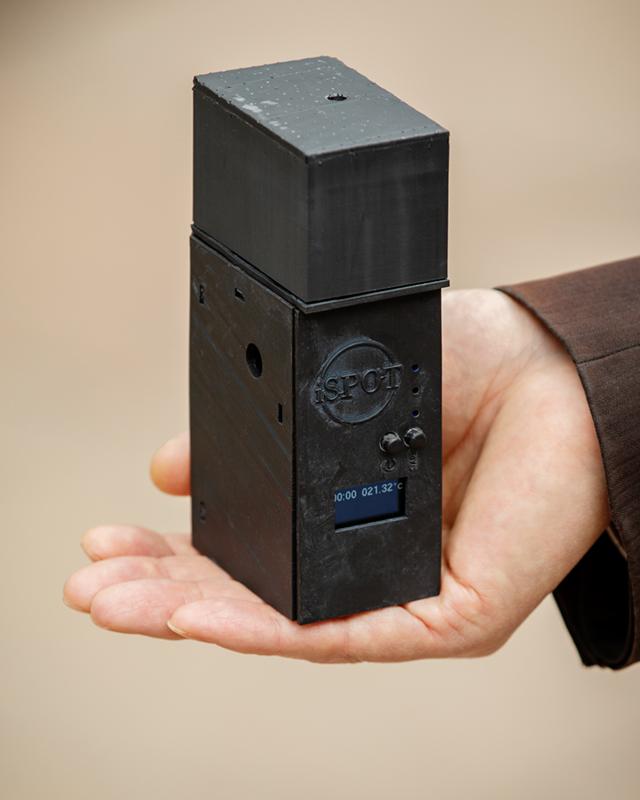
Researchers from the University of Illinois at Urbana-Champaign have developed a Scalable and Portable Testing (SPOT) system that uses at type of LAMP amplification to detect COVID-19 quickly, easily and accurately from saliva samples.
The prototype device is hand held and battery powered and many parts can be 3D printed. Even though the device is only at an early stage of development, which would normally be more expensive, it can currently be produced for less than $78 and the researchers estimate that the materials and reagents needed would cost approximately $6-7 per test.
“We developed a rapid, highly sensitive and accurate assay, and a portable, battery-powered device for COVID-19 testing that can be used anywhere at any time,” said Huimin Zhao, Ph.D., a professor at the University of Illinois who led the research.
Tests for Covid-19 fall into three main groups. The gold standard RT-PCR, which is very accurate, but time consuming and requiring a level of expertise and specialist machinery and labs to carry out. The other end of the spectrum is the antigen tests, which are now widespread in many countries for use both in testing centers and at home. These are quick, easy and cheap to complete, but are not as accurate as the other tests.
Finally, RT-LAMP — reverse transcriptase-loop-mediated isothermal amplification – falls somewhere in the middle. This method is more similar to PCR, but does not need such complex machinery or expertise and can be completed more quickly and is more accurate than most antigen tests. However, Covid-19 tests that have been developed so far using this method are still a bit restricted as they require water baths or heat blocks so are not very portable.
Zhao and team’s method, described in their Nature Communications paper, uses a form of LAMP, but they have combined it with a protein from the extremophile microbe Pyrococcus furiosus (PfAgo) that thrives at hot temperatures. This is helpful for a couple of reasons. First, the hot temperature required by RT-LAMP is not ideal for other enzymes like CRISPR-Cas that prefer lower temperatures, which means RT-LAMP protocols often need to be adjusted to accommodate this.
Second, the PfAgo protein is capable of precise recognition and cleavage of a target DNA at 95 °C (203 °F) directed by small single strand DNA (ssDNA) as a guide. This protein allows the detection process to be speeded up to only 3-5 minutes, unlike the 50 minutes or more that CRISPR-based systems often require, allowing the test to be completed in less than 30 min from start to finish.
The PfAgo protein cuts the viral genes, which have been tagged with a dye that fluoresces after the genes are cleaved. The fluorescence signals that the virus is present – a positive test result.
Another big plus for this test is It works on saliva, which is easier for non-experts to collect than the nasal or throat swabs that most other tests rely on.
To validate their technology, Zhao and team tested the ability of their prototype to detect SARS-CoV-2 in saliva. They tested 104 saliva samples where the individuals being tested had a known COVID-19 diagnosis—30 positive and 74 negative.
The test was highly accurate and correctly identified 28 out of 30 positive samples and 73 out of 74 negative samples, which corresponds to a sensitivity of 93.3% and a specificity of 98.6%. The researchers also tested samples with particles from more than one virus (other coronaviruses and influenza) and the test remained accurate.
“Based on the data reported in the literature, the accuracy of our test is comparable to or better than other SARS-CoV-2 tests,” Zhao said.
The team want to test their device for other infectious diseases and maybe even use it to detect cancer biomarkers.
“One key advantage to this technology is its multiplexing capability, so in principle, we can detect many viruses simultaneously using the same device,” said Zhao.













